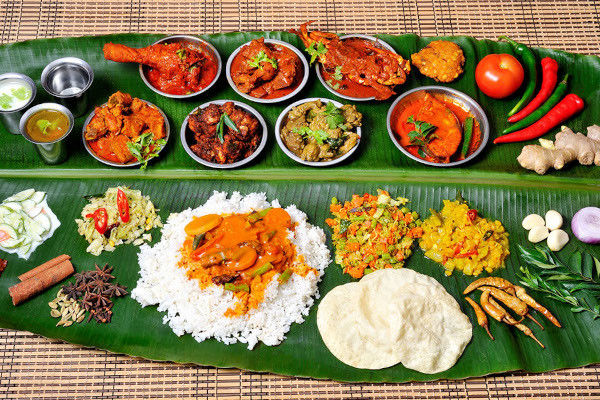Introduction
Food is more than just sustenance—it is an expression of history, culture, and identity. Every region’s cuisine tells a story of migration, trade, colonization, and adaptation. This article explores how food shapes cultural identity, the influence of globalization, and the unique culinary traditions that define different continents.
How Food Reflects Culture & Identity
- Historical Roots in Cuisine
- Many traditional dishes have evolved due to historical events. For example, Indian cuisine reflects Mughal, Persian, and Portuguese influences, while Latin American dishes blend indigenous and Spanish culinary techniques.
- Food as a Social & Religious Marker
- Many cultures have dietary customs rooted in religion, such as halal in Islam, kosher in Judaism, and vegetarianism in Hinduism. Festivals like Thanksgiving in the U.S. and Diwali in India highlight the role of food in celebrations.
- Family & Community Bonding
- Sharing meals is a fundamental part of many cultures. In Italy, family meals are a sacred tradition, while in Japan, communal dining experiences like izakayas strengthen social connections.
A Culinary Tour Across Continents
1. Asia: A Symphony of Flavors
- China: Known for its diverse regional cuisines, from the fiery Sichuan hotpot to the delicate flavors of Cantonese dim sum.
- Japan: Sushi, ramen, and kaiseki meals showcase precision, seasonality, and balance.
- India: Richly spiced curries, tandoori dishes, and diverse vegetarian options make Indian cuisine globally beloved.
2. Europe: A Blend of Tradition & Innovation
- Italy: Pasta, pizza, and olive oil-based dishes define Mediterranean cuisine.
- France: Famous for its artisanal cheeses, wines, and sophisticated techniques.
- Spain: Tapas culture, paella, and the influence of Moorish flavors make Spanish cuisine unique.
3. Africa: A Celebration of Heritage & Local Ingredients
- Ethiopia: Injera (sourdough flatbread) paired with spicy stews showcases indigenous grains.
- North Africa: Moroccan tagines, Egyptian koshari, and spices like saffron and cumin highlight the region’s history of trade.
4. The Americas: A Fusion of Indigenous & Global Influences
- Mexico: Tacos, mole, and tamales are deeply rooted in indigenous Aztec and Mayan traditions.
- The U.S.: A melting pot of cuisines, from Southern soul food to New York’s bagels and pizza.
- Brazil: Feijoada (black bean stew) and churrasco (grilled meats) showcase Portuguese and indigenous influences.
5. The Middle East: A Culinary Crossroads
- Lebanon: Mezze platters, hummus, and baklava reflect Levantine flavors.
- Iran: Persian cuisine blends saffron, pomegranates, and slow-cooked stews.
The Impact of Globalization on Food
- Fusion Cuisine: Globalization has led to creative blends, such as Korean-Mexican tacos and sushi burritos.
- Fast Food vs. Traditional Cuisine: While fast food chains dominate globally, many cultures strive to preserve authentic culinary traditions.
- Sustainable & Ethical Eating: Movements like farm-to-table and plant-based diets are reshaping modern food culture.
Conclusion
Food is a powerful expression of identity, culture, and history. From family recipes passed down for generations to global culinary innovations, food remains a unifying force across continents. Exploring different cuisines not only satisfies the taste buds but also deepens our understanding of diverse cultures and traditions.

Leave a Reply